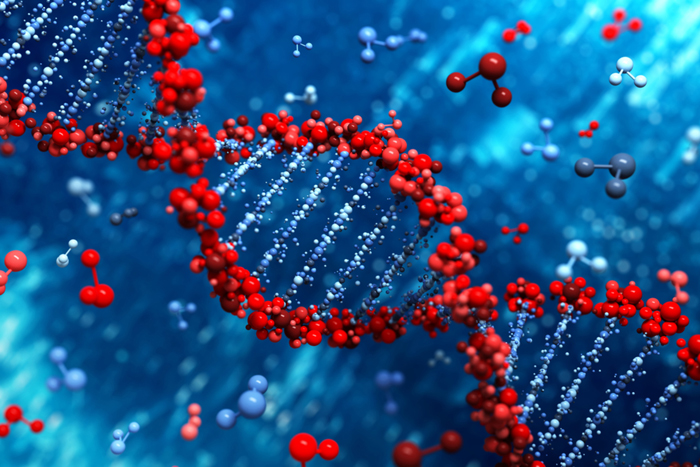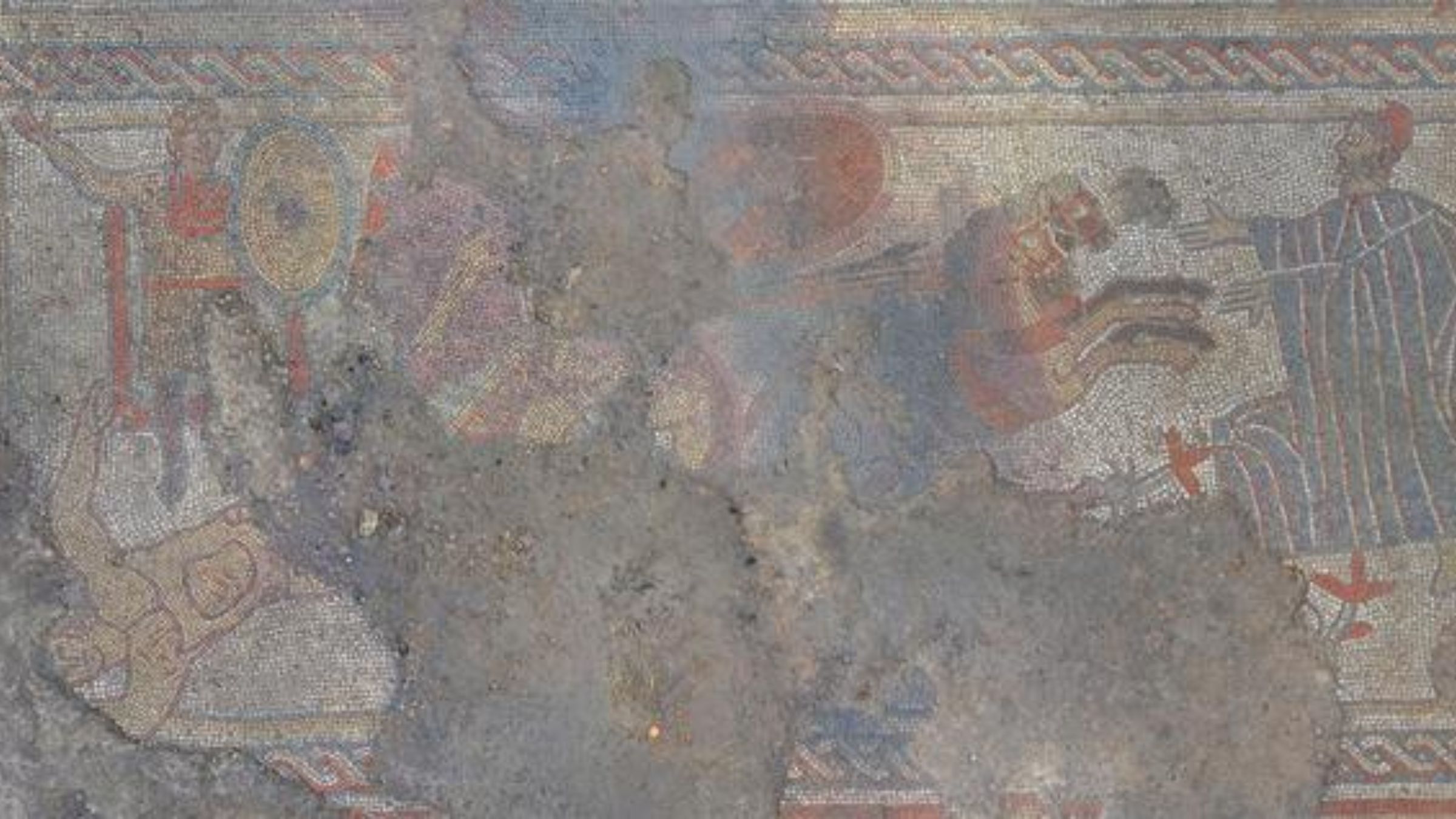Genetically Modified Humans? How Genome Editing Works

Chinese scientists have edited the genomes of human embryos for the first time, confirming a storm of rumors and igniting an ethical debate.
Researchers at Sun Yat-sen University in Guangzhou, China, used an experimental gene-editing technique to modify a gene in human embryos that causes a fatal blood disorder. The procedure, which was done in nonviable embryos, was only partially successful, Nature News reported.
The study, which was published online Monday (April 18) in the journal Protein & Cell, has raised questions in the scientific community over the risks of the procedure and the ethics of its use in humans. [Unraveling the Human Genome: 6 Molecular Milestones]
"Their study should be a stern warning to any practitioner who thinks the technology is ready for testing to eradicate disease genes," George Daley, a stem-cell biologist at Harvard Medical School in Boston, told Nature News.
The technique involves an enzyme complex known as CRISPR/Cas9, found in many bacteria. CRISPR (short for "clustered regularly interspaced short palindromic repeats"), is a short, repeated sequence of RNA that matches the genetic sequence the researcher wants to modify. It works in concert with Cas9, an enzyme that cuts DNA like a pair of molecular scissors.
First, the CRISPR/Cas9 complex searches through the cell's DNA until it finds and binds to a sequence that matches the CRISPR, said John Reidhaar-Olson, a biochemist at Albert Einstein College of Medicine in New York, who was not involved in the study. Then, the Cas9 cuts the DNA. Lastly, the cell repairs the cut, in this case by inserting a piece of DNA supplied by the experimenter, Reidhaar-Olson told Live Science.
In bacteria, the complex provides resistance against foreign DNA, such as plasmids (small, circular pieces of DNA) and phages (viruses that infect bacteria). But since 2013, scientists have used the system to edit genesin the cells of other species, including adult human cells and animal embryos. But this is the first time it has been used to modify human embryos.
Get the world’s most fascinating discoveries delivered straight to your inbox.
In the study, Junjiu Huang, a genetics researcher at Sun Yat-sen University, injected the CRISPR/Cas9 complex into human embryos in order to repair a gene for Beta thalassaemia, a potentially fatal blood disorder that reduces the production of hemoglobin. The embryos, which were obtained from local fertility clinics, could not result in live births because they had been fertilized by two sperm, which prevents the embryos from developing properly.
The researchers performed the procedure on 86 embryos, and waited four days to allow the gene editing to take place. Seventy-one of the embryos survived, and the researchers genetically tested 54 of them.
Only 28 embryos were spliced successfully, meaning the faulty gene was removed, and just a few of those incorporated the healthy gene in its place. The success rate would need to be closer to 100 percent before the technique could be used in viable human embryos, the researchers said.
The procedure also caused worrisome mutations in other parts of the genome — and at a much higher rate than in mouse embryos or adult human cells undergoing the same procedure. These mutations could have detrimental effects on cells, which is one of the big concerns about gene editing.
Because of these safety issues, the use of this technique in humans poses serious ethical questions, some scientists say. The editors of the journals Nature and Science refused to publish the study for such ethical reasons, Huang told Nature News.
Follow Tanya Lewis on Twitter. Follow us @livescience, Facebook & Google+. Original article on Live Science.



